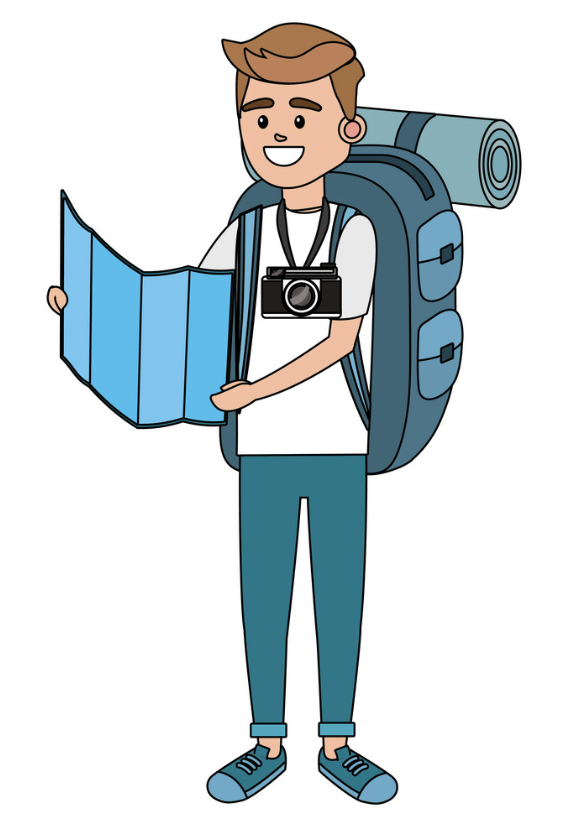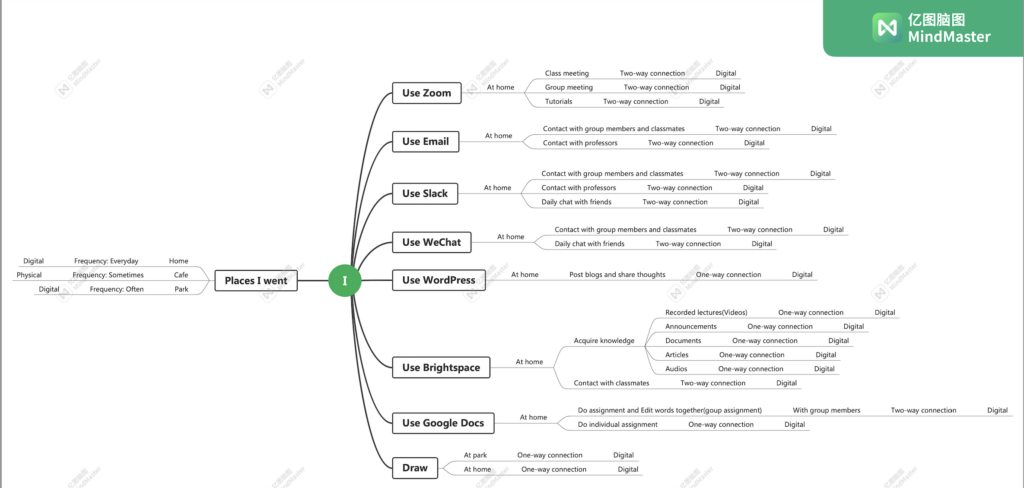This learning activity attracts my interests a lot, because I have not noticed educational metaphors when I read any articles in the course for the first time. Meanwhile, it nicely aligned with one of my learning goals: to learn and understand how digital identity could affect students learning and social life. Overall, I think this learning activity helps me better understand the digital pedagegy.
The metaphor I chose is from the article “Open education: Walking a critical path”, which is the concept of “visitor” and “resident” for online learning. I selected this metaphor because it has significant meaning in open digital pedagogy, and people need to know which identity they want to show when they are using any social media and online learning platforms. In terms of the word “visitor”, literally, it means a person who shortly spend time in a place; the word “resident” means a person who live in a place for a long time.


However, these two words have a different meaning for online users. The metaphor here is that people who only use the internet to look up and view information without leaving any social trace are the visitors in the digital environment – for those people who build relationships and online communities through the internet, such as share thoughts and learn from each other, and leave their social traces and personal profile, they are the residents in the digital world.

In this case, I think the metaphors of “visitor” and “resident” are very appropriate, because they are really vivid in explaining the deeper meaning of the two identities in the digital environment. Besides, these two identities are very crucial for us to adapt the digital education. Regarding to the privacy issue in online learning, everyone has a different comfort and sensitivity with our online profiles. For those people who want to keep their personal information private when browsing and looking up learning materials on the internet, they are able to be a digital visitor. Meanwhile, in terms of those people who want to share partial or all personal information, such as real name, hobbies, and personal and professional challenges to build same-interested relationships and live in the online community, they can decide to be a digital resident. Furthermore, digital identity allows people to selectively reveal their real information, in order to preserve our privacy. After I understand the deeper meaning of the metaphor, I decide to be a resident when I study online and display my partial private information in my profile.
Reference:
http://eprints.teachingandlearning.ie/4345/

Recent Comments